On April 8, 2019, Bharatiya Janata Party (BJP) released its 48 pages electoral manifesto with regard to Lok Sabha Election 2019, has immense significance for the Darjeeling Duars region. Page 36 of the manifesto talks about political resolution on the matter of Gorkha and with two important highlights:
- Recognition of the 11 left out Indian Gorkha sub-tribes as Scheduled Tribes. We are also committed to implement the reservation in the legislative assembly of Sikkim for Limboo and Tamang Tribes.
- Commitment to work towards finding a permanent political solution to the issue of Darjeeling hills, Siliguri Terai and Dooars region.
Both the commitments have been, by and large, well appreciated, welcomed and positively taken by the Gorkhas, Rajbansis and Adivasis residing in the region.
While the first commitment on the Gorkhas has found place in the national manifesto of BJP for the first time, the second commitment is not new to the Gorkhas and other groups. BJP has been committing and recommitting on the very critical second issue for the last three Lok Sabha Elections.
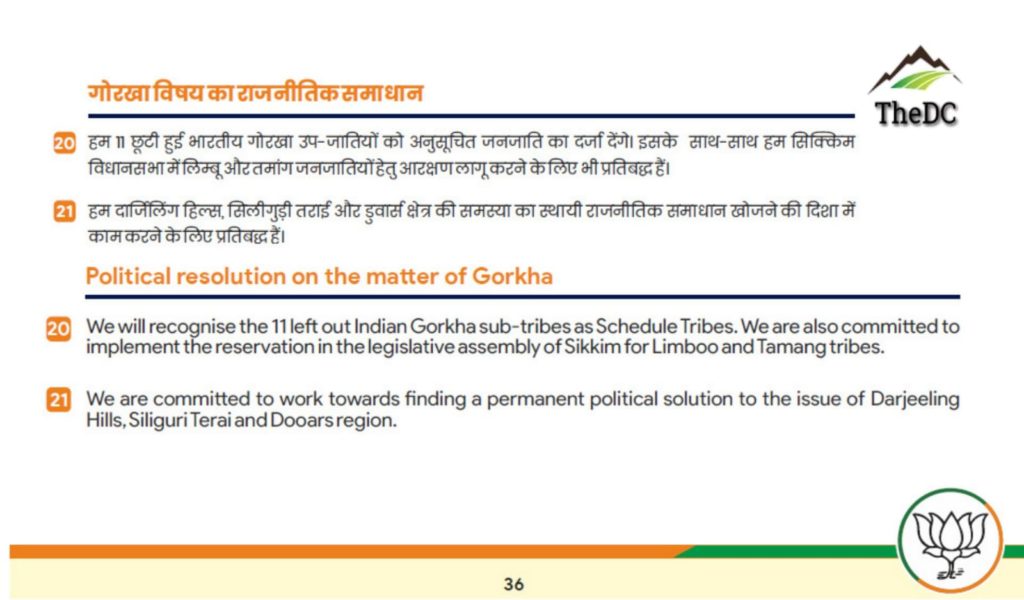
Recognition of the 11 left out Indian Gorkha sub-tribes as Scheduled Tribes
BJP’s clear commitment to recognize the 11 left out Indian Gorkha sub-tribes as Scheduled Tribes has found its place in its national manifesto for the first time, although the process has been under consideration for the last five years under the BJP led government. It has been long overdue as the West Bengal state cabinet approved granting of ST status to 11 Gorkha sub-tribes before the last Lok Sabha elections in 2014 and sent it to the Centre for consideration and approval. The Union ministry for Tribal Affairs constituted a high powered committee in 2016 which had visited Darjeeling as well as Sikkim and met representatives of the various sub-tribes namely Bhujel, Gurung, Magar, Rai, Khas, Newar, Jogi, Sunwar, Yakha (Dewan), Thami and Dhimal. Gorkhas are yet the formally hear any concrete decision of the Government in this regard. The commitment by the BJP in its manifesto on this issue is, therefore, a welcome step.
Permanent political solution to the issue of Darjeeling hills, Siliguri Terai and Dooars region
BJP for the third time has recommitted for finding a political solution to over century old regional political aspirations of Darjeelinghills, Siliguri Terai and Dooars. However, this time, BJP has taken a holistic/inclusive approach towards Darjeeling constituency, as against the last two manifestos of 2009 and 2014 where BJP stated that it will “sympathetically examine and appropriately consider the long pending demands of the Gorkhas, the Adivasis and other people of Darjeeling district and the Dooars region” The last two approaches were, therefore, people specific and little communal in nature.
This time the approach is region specific and therefore inclusive and more holistic in its nature. We should remember that other social groups besides Gorkhas and Adivasis also inhabit the constituency. The term ‘Political Solution’ needs to be read, understood and internalised in proper perspective.
Historical trajectory of Darjeeling-Duars Region and the need for a permanent political solution
The second commitment of BJP is more critical at this juncture needing further debate and clearer ways forward. Towards that end, it is cardinal that we carefully navigate the historical trajectory of the region. This becomes important for our consumption as well as for guidance of the politicians and policymakers to make informed decisions while they attempt to find a permanent political solution of the issues at hand with regard to the historical and current political realities of the region.
Histories of Darjeeling-Duar region unfold the fact that the geopolitical situation in the region had (have) never been stable. The region passed through a number of vulnerable positions and different events in history, each having marked effects in the region and its people.
Political History
Politically, Darjeeling-Duars never belonged to West Bengal. The region was ruled by Sikkim, Bhutan and Nepal. This has been admitted by the Government of West Bengal in a White Paper published in 1986.
The most important year in the history of the region happens to be 1642 when the first Chogyal (Bhutia king) of Sikkim, Phuntshog Namgyal was consecrated. Once in power the Namgyal had to face numerous rebellions from people who were already living in the region. The toughest resistance to the Chogyal came from three communities Lepchas, Limbus and Mangars, out of whom the Mangars were beaten and pushed westward.
The Chogyal then entered a sacred treaty popularly known as lho–men-tsong-sum (lho-Bhutias, men-Lepchas, tsong-Limbus, and sum-three), thus giving us the Bhutia-Lepcha-Limbu trinity. This is the bedrock on which the kingdom of Sikkim was formed.
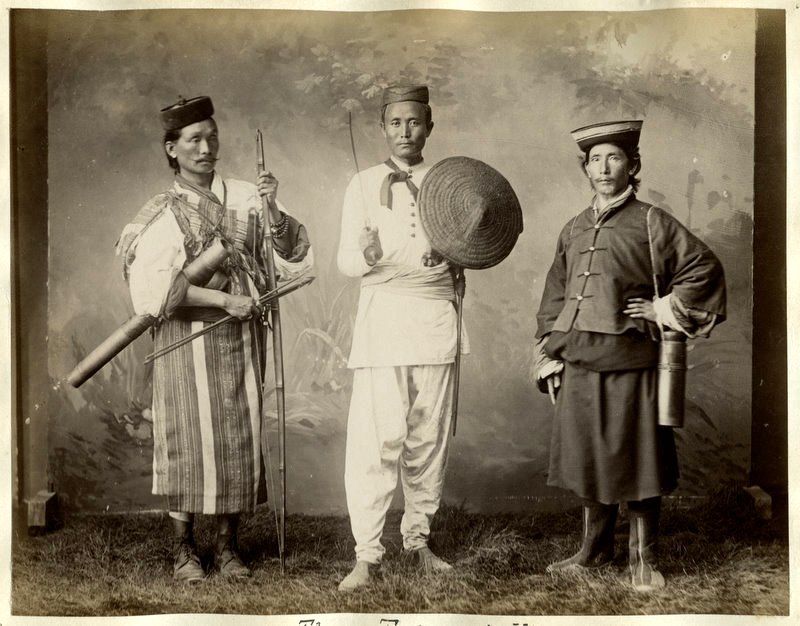
[Source: Old Indian Photos
Based on available historical records, the political contour of Darjeeling and Duars may briefly be summarized as under:
| Period | Political Events |
| Prior to 1706 | The present district of Darjeeling and Duars were part of the Kingdom of Sikkim |
| 1706 | Kalimpong hills along with the adjoining Duars were annexed by Bhutan. |
| 1777 | Darjeeling along with its adjoining hills (Kurseong) and adjacent Terai (Siliguri) was appropriated by the Gorkha kingdom from the Kingdom of Sikkim. |
| 1816 | Sugauli Treaty signed between East India Company (EIC) and King of Nepal, handing over Darjeeling region to EIC. |
| 1817 | Treaty of Titaliya signed between East India Company and King of Sikkim, through which EIC returned Darjeeling region to the Kingdom of Sikkim. |
| 1835 | Darjeeling along with its adjoining hills (Kurseong) was leased to British India by the King of Sikkim |
| 1850 | The adjoining Terai (Siliguri) was taken over by British India and included in Jalpaiguri District |
| 1865 | Kalimpong hills along with adjoining Duars were annexed by British India and included in Jalpaiguri district |
| 1866 | The hills of Kalimpong were included in Darjeeling district leaving the Duars under Jalpaiguri district |
| 1880 | Siliguri was taken out from Jalpaiguri and included in Darjeeling district, according the district its final shape |
| 1905 | The district in the present shape (including Kalimpong) was included in the Bhagalpur Division, Bihar (Undivided Bengal) |
| 1912 | The district was included in the Rajshahi Division under British India (now in Bangladesh) |
| After 1947 | After the independence, the status of the district was ambiguous and in fact locals were not sure if Darjeeling was part of India or East Pakistan (see the news clip below). |
| 1948 | Sikkim’s king claimed for the return of Darjeeling tracts but the Government of India ignored the claim. |
| 1956 | Government of India enacts The Absorbed Areas (Laws) Act, 1954 (Act XX of 1954), and Darjeeling was ‘absorbed’ into west Bengal without any consideration of local sentiments. |

[Source: Barun Roy, 2003, Fallen Cicada]
The forceful absorption of Darjeeling, Terai and Dooars in Bengal has caused and continues to cause the indigenous population of this region grave problems.
Up until 1971, this region was home to predominantly three major groups, the Gorkhas – which is an umbrella term to identify all the Indian nationals who are ethnically Nepali or whose lingua franca is Nepali (Lepchas, Bhutias etc), the Rajbanshis and the Adivasis. Though there were Bengalis living in this region, they were only handful in numbers.
However, following the India-Pakistan conflict of 1965, a large influx of refugees from Bangladesh started to enter north-Bengal, and this trickle turned into an ocean of refugees following the Bangladesh war of liberation in 1971. Supported by successive governments of West Bengal as their ‘vote bank’, there have been a huge influx of people from Bangladesh into north Bengal, thus changing the entire demographics of our region significantly, and the original people of the region – the Gorkhas, the Rajbanshis and the Adivasis have ended up becoming minorities in our own lands.
Administrative History
Administratively, the district of Darjeeling was never included in the mainstream development process till the independence of India. It was always treated as a special region administered directly by the Governor General.
Broad administrative profile of Darjeeling district may be summarized as under:
| Period | Administrative Status | Remarks |
| Prior to 1861 | Non Regulated Area | Acts and Regulations did not come to force unless specially extended to it. The Governor General possessed the power of adopting legislation by means of executive order. |
| 1861-70 | Regulated Area | Acts and Regulations normally applied in the district |
| 1870-74 | Non Regulated Area | Acts and Regulations did not come to force unless specially extended to it. The Governor General possessed the power of adopting legislation by means of executive order |
| 1874-1919 | Scheduled District | Normal legislation and jurisdictions were in force only in part or with modification if necessary of any enactment in force at a time. |
| 1919-1935 | Backward Tract | The district was excluded and declared a “Backward Tract” and administration was under Governor in Council. Any act passed by Bengal government wouldn’t be applicable to Darjeeling district unless the Governor in Council approved it. |
| 1935-47 | Partially Excluded Area | No Act either of the Federal Legislature or of the Provincial Legislature was to be extended until and unless the governor of the province would give his assent to application of the Act in its entirety or with such modifications or exception as he thought necessary. Further the governor was empowered to make regulations and the regulations thus made could annul any federal or provincial or Indian law in existence in case their non-conformity to the relations thus made. |
| Post Independence 1956 | Merged into West Bengal | The Absorbed Areas (Laws) Act, 1954 (see Schedule 5) apportioned and merged the district into the state of West Bengal |
| 1988-2010 | Darjeeling Gorkha Hill Council (DGHC) | DGHC Act of 1988 led to the formation of an autonomous council consisting of the three hill subdivisions of the district and some mauzas of Siliguri Sub-Division for the socio-economic and cultural development of the hill areas of the district. |
| 2011- till date | Gorkhaland Territorial Administration (GTA) | GTA Act of 2011 led to the formation Gorkhaland Territorial Administration consisting of the three hill subdivisions and some mauzas of the district for the socio-economic and cultural development of the people. |
Struggle for Administrative Status
It is pertinent to recollect that the Gorkhas (inclusive of Nepalis, Lepchas, Bhutias), Rajbanshis and Adibasis residing in Darjeeling-Duars region of Northern West Bengal with diverse and rich history have always felt neglected and deprived and have been demanding a separate state within the constitutional framework of India since 1907. They have raised the issues of how their resources including tea, cinchona, forest, water and biodiversity have been exploitatively harnessed by the Bengal Government without extending them any major development benefits. They have highlighted issues of identity and culture and gradual uprooting of the indigenous people from areas like Siliguri by the steadily increasing large-scale migration from Bangladesh.
The setting up of a new politico-administrative units in the forms of Darjeeling Gorkha Hill Council (DGHC) and Gorkhaland Territorial Administration (GTA) and their poor functioning in the last 30 years has further confirmed their fear that the State Government is consciously neglecting them and that they have been kept out of the mainstream development process.
Chronology of demands made by the Gorkhas may be summarized as under:
| Year | Organisation /Party | Primary Demand |
| 1907 | Leaders of the Hill Men | Separate administrative set up |
| 1917, 1929 | Representatives of the Darjeeling district | Creation of a separate unit of Darjeeling & dooars of Jalpaiguri or the creation of NEFP consisting of Darjeeling, dooars, Assam and Arunachal Pradesh |
| 1930 | Hill People’s Association | Exclusion from Bengal and be treated as an independent administrative unit with DC as an administrator with much more power than the DM along with the executive council for assistance of the administration |
| 1934 | All India Gorkha League | Inclusion of Darjeeling and the dooars of Jalpaiguri in the province of Assam |
| 1947 | Communist Party of India, District Committee, Darjeeling. | ‘Gorkhasthan’: A separate nation comprising of Nepal, Darjeeling district and Sikkim excluding the present north district |
| 1949 | All India Gorkha League | ‘Uttarakhand’ which could be formed on the following areas: Darjeeling, Sikkim, Jalpaiguri and Coochbehar or Darjeeling, Jalpaiguri and Coochbehar or Darjeeling district and Sikkim or Darjeeling district alone |
| 1954, 1957, 1967, 1968 | All India Gorkha League | Regional Autonomy- Autonomous administrative set up of Darjeeling and neighbouring districts with Nepali speaking people in majority. |
| 1980-88 | Gorkha National Liberation Front (GNLF) | Separate state of Gorkhaland comprising of Darjeeling district and the dooars region of the Jalpaiguri District |
| 2005 | Gorkha National Liberation Front (GNLF) | Inclusion of Darjeeling Gorkha Hill Council (DGHC) under Sixth Schedule of the India Constitution. |
| 2007-11, 2013 | Gorkha Janmukti Morcha (GJMM) | Separate state of Gorkhaland comprising of Darjeeling district and the dooars region of the Jalpaiguri and Alipurduar Districts |
| 2017 | Gorkha Janmukti Morcha, entire Indian Gorkha Community and Global Gorkha Diaspora | Separate state of Gorkhaland comprising of Darjeeling district and the dooars region of the Jalpaiguri and Alipurduar Districts |
It is, therefore, clear to assert that the district of Darjeeling and Dooars had been kept outside the purview of general administration and that it remained more or less isolated throughout the greater part of British rule in India. One can, also, safely assert that throughout the British rule the rulers on any occasion never allowed the district of Darjeeling to come within the national mainstream and within the purview of the general administration.
Considering the political and administrative history of Darjeeling-Duars, one often wonders why this region has been kept within the administrative preview of West Bengal in the first place?
In this connection, it is important for the larger public to understand that among other relevant factors for the state re-organisation, State Reorganization Commission considered language & culture and financial viability important. However, both of these factors were overlooked and Darjeeling-Duars was merged into West Bengal with high level of politics played by BC Roy and the then congress party [see Politics of Autonomy: Indian Experiences (2005) edited by Ranabir Samaddar].
The region was merged into West Bengal without any consultation with the Gorkhas, Adibasis and other people living in the area during early 1950s and against the will of the larger population residing in the region.
Absorbed Area Act (1954) also sheds light on the issues of the absorption of Darjeeling district in the West Bengal. There was also a very strong lobby to form a state called ‘Uttarakhand’ consisting of Sikkim, Darjeeling, Jalpaiguri and Cooch-behar that eventually did not fructify.
Therefore, the very idea that Darjeeling-Duars being an integral part of West Bengal and the fake cry of ‘banga bhanga hobena’ often publicized by Bengalis and Bengal Government has no teeth. It is unfounded, illogical and just an emotional ‘rhetoric’. BC Roy and his team treacherously merged the region into West Bengal without consulting the vulnerable, gullible, peace loving Gorkhas, Rajbanshis and Adibasis in the 1950s.
The Gorkhas, Adivasis and Rajbanshis now want to de-merge the region from West Bengal and have our own governance.
A permanent political solution – in the form of a State or Union Territory would indeed go a long way in rectifying the historic wrong.

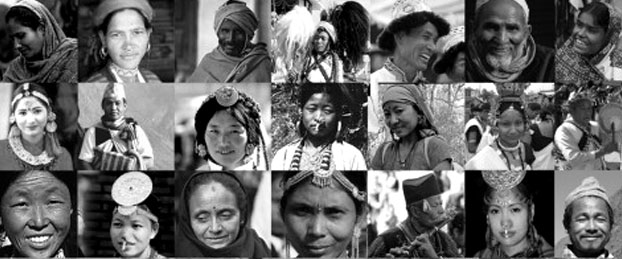

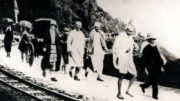

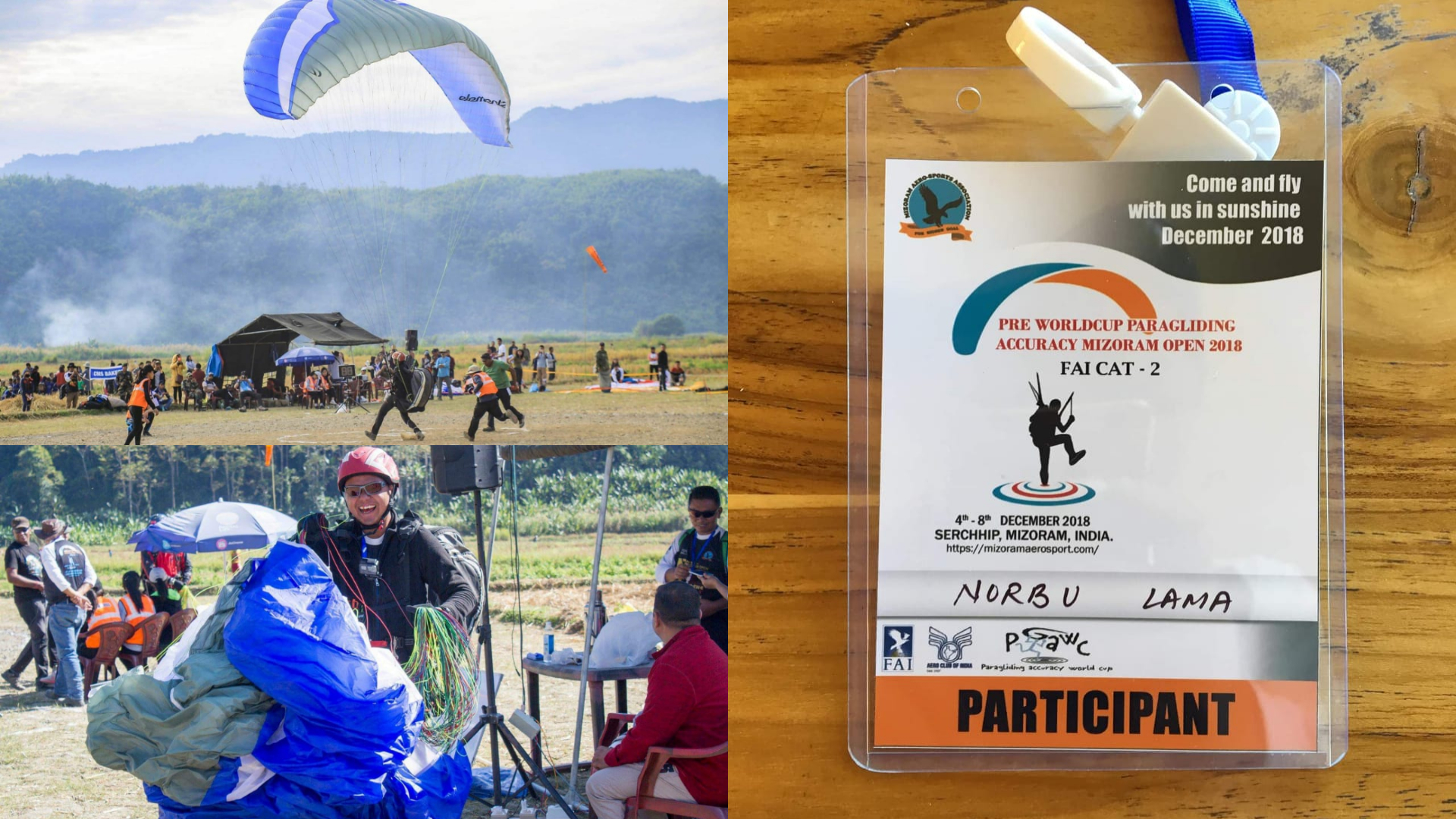
I like very much.
An explicit justification of overdue political resolution (state/UT) with historical references in support.
आसा छ अघाडी पनि जातीको उत्थानको लागी कमल चलाई रहेर हाम्रो सधारण भन्दा सधारण मानिसहरुले पनि हजूरको नाम् ओठ ओंठमा रहुन